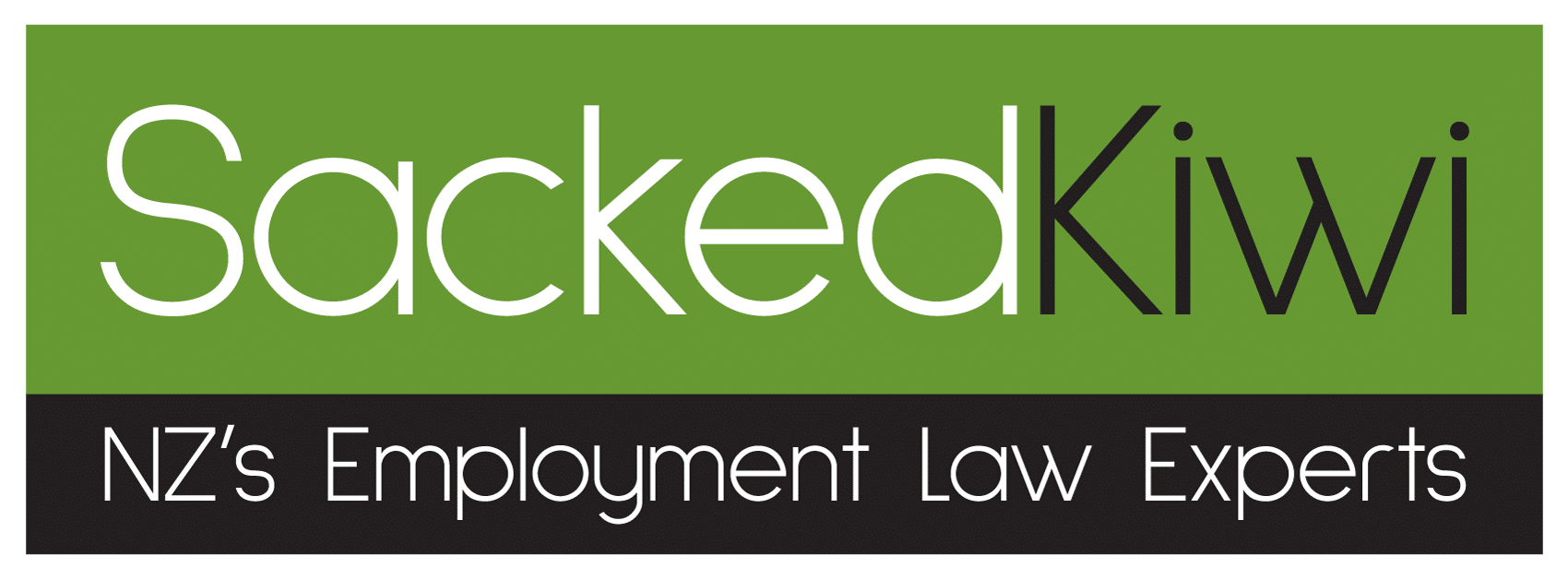In a fast-paced and ever-evolving world, the concept of work-life balance is no longer just a desirable feature of good workplaces—it’s a fundamental component of employee wellbeing and organisational success. A balanced work-life equation is becoming increasingly important. But, as with many positive changes, fostering this balance requires a collective effort from both employees and employers.
A Shared Responsibility
Work-life balance is often mistakenly seen as an individual’s responsibility alone. However, achieving a state where work commitments coexist harmoniously with personal and family life requires an intentional partnership between employees and employers. This shared onus is crucial for establishing a workplace culture that not only promotes productivity but also mental, physical, and emotional wellbeing.
For employees, taking charge of personal priorities, communicating openly, and making intentional choices are key to achieving balance. However, an employer’s role cannot be understated. Forward-thinking organisations in New Zealand are recognising that cultivating a positive work-life dynamic isn’t merely a benefit to attract talent, but a long-term investment in both employee engagement and company success.
Employer Initiatives for Balance
Employers play a vital role in creating an environment that encourages balance. Policies around flexible working hours and remote work options are becoming more common in New Zealand workplaces. For instance, some companies have introduced four-day work weeks or offered flexibility for staff to structure their hours around peak productivity times or family commitments. This approach was famously tested by Perpetual Guardian, a New Zealand company that trialled a four-day work week in 2018, leading to significant improvements in employee wellbeing and productivity without sacrificing business output. Such measures enable employees to reclaim time for family, hobbies, and personal care, reducing stress and preventing burnout.
Additionally, encouraging regular wellness checks and mental health initiatives can make a significant difference. Some companies promote mental wellbeing by offering employees access to Employee Assistance Programmes and encouraging open dialogue about mental health. Supporting mental wellbeing not only helps build resilience but also creates a workplace where people feel safe and valued.
Employee Strategies for Balance
While the role of employers is significant, employees too have an active part to play in achieving a balanced life. Setting clear boundaries and learning to manage time effectively is a critical step. With more flexible working arrangements becoming standard, employees must be proactive in prioritising tasks, planning breaks, and establishing boundaries to prevent work from seeping into personal time.
Time management tools and strategies like the Pomodoro Technique (working in short, focused bursts with regular breaks) or using digital calendars to allocate specific slots for focused work can help employees structure their workday more efficiently. Furthermore, it’s important to communicate openly with employers about workloads and wellbeing needs. For example, if an employee is feeling overwhelmed, it’s crucial to raise this with their manager rather than waiting for burnout to set in.
Engaging in regular physical activities is another crucial component. Many employers encourage staff to participate in lunchtime walks or exercise classes. This not only promotes physical wellbeing but fosters camaraderie and a more relaxed, energised atmosphere in the workplace.
Building a Culture of Balance
Creating a workplace culture that prioritises work-life balance begins with leadership. Managers and leaders set the tone, and it’s essential that they model balanced behaviours themselves. Leaders who are transparent about their own efforts to maintain balance—whether it’s taking time off for family or prioritising health and wellbeing—help normalise these practices throughout the organisation.
Organisations can also benefit from implementing regular reviews and check-ins, both one-on-one and in team settings, to discuss wellbeing. For instance, some companies conduct regular pulse surveys to gauge employee morale and make adjustments to workloads or policies as needed. Such initiatives not only demonstrate a commitment to staff wellbeing but empower employees to take part in shaping their own work environments.
The Road Ahead
As New Zealand continues to navigate the evolving dynamics of work in a digital age, the emphasis on wellness and work-life balance is becoming ever more pertinent. Achieving this balance is not a static goal but an ongoing process. It requires openness, adaptability, and a willingness from both employees and employers to invest in practices that prioritise health, wellbeing, and productivity.
In conclusion, fostering a healthy work-life balance in New Zealand workplaces calls for shared responsibility and mutual respect. Employers must actively create environments that support flexibility, wellbeing, and open communication. Employees, in turn, should embrace these opportunities by setting clear boundaries, communicating needs, and actively pursuing wellness. Through a united effort, workplaces can continue to be environments where people thrive both personally and professionally—where wellness isn’t just an aspiration, but a reality.

